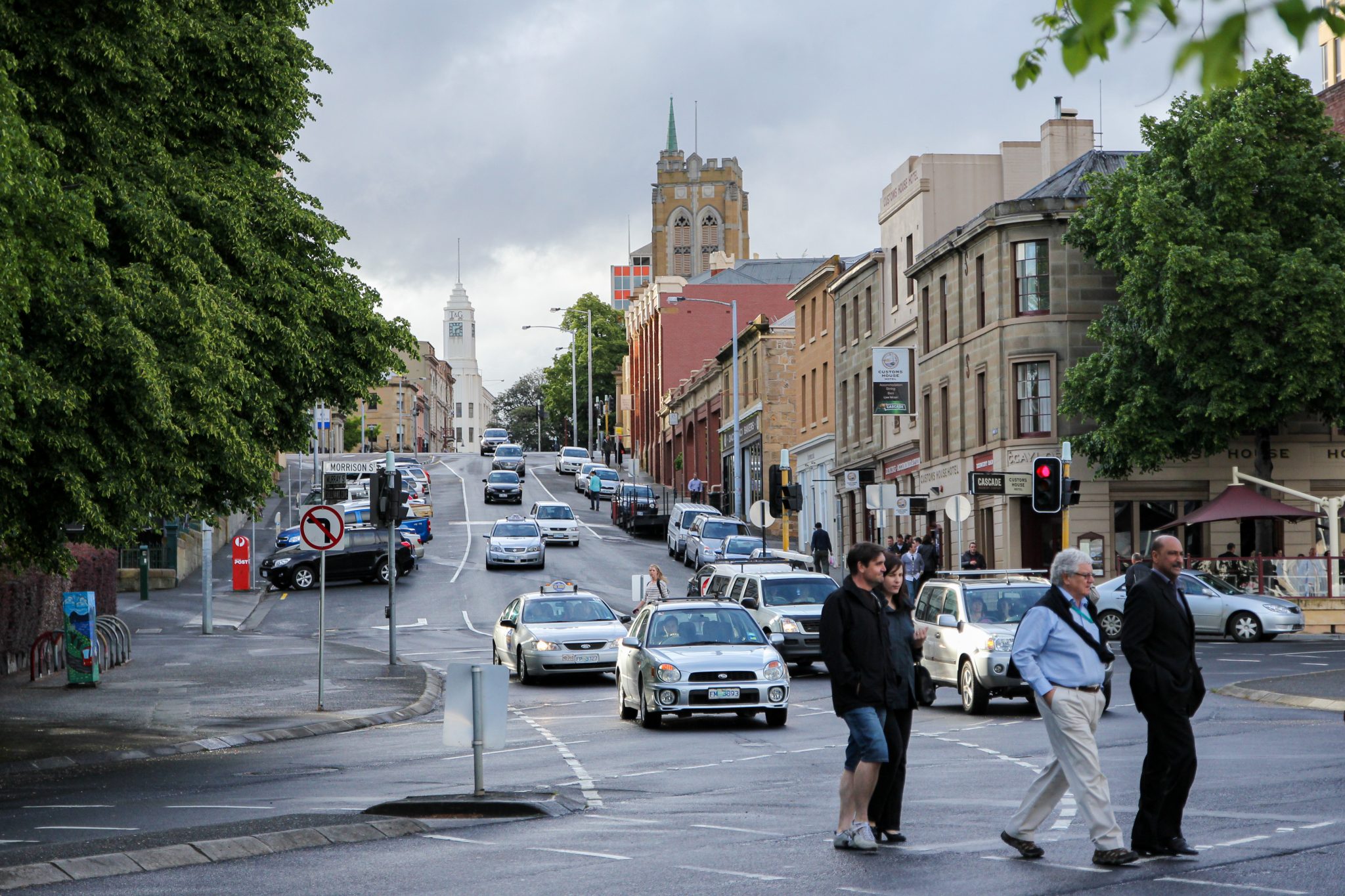Smoking remains the leading cause of preventable death and disease in Tasmania.
The TasCOSS Smoking Cessation Project ran from 2022 to 2025. Its aim was to reduce nicotine use amongst community service organisation clients, volunteers and staff.
Community Smoke-Free Projects
Ten community organisations received a $5,000 grant from the Tasmanian Government, facilitated through TasCOSS, to design and implement smoking cessation strategies appropriate to their communities. These ranged from education programs, changing smoking areas to refreshed relaxation spaces, and free or subsidised nicotine replacement therapy. An overall summary of the projects is available here.
TasCOSS facilitated a monthly Community of Practice from 2023 to 2025 to assist the funded organisations with their project implementation and peer sharing. The Community of Practice was also used by other community organisations, education providers and health services wishing to discuss learnings and share insights.
A case study for each of the ten community organisations is provided below, discussing how they went about the task and what action they took.
| Organisation | Project Theme |
| 1. George Town Neighbourhood House | Create a cosy education hub dedicated to education and counselling sessions about smoking, vaping, and alcohol and other drugs |
| 2. Karinya Young Women’s Service | Repurpose and refresh an outdoor living space that had been a designated smoking area into a shared smoke-free zone |
| 3. Launceston City Mission | Create individualised action plans to support people on their quit journey and promote a community culture of health and wellbeing |
| 4. Northern Suburbs Community Centre | Upskill staff and volunteers in brief intervention conversations about smoking in a sustainable, train the trainer approach |
| 5. OneCare | Support the Umina Park site to become a smoke-free workplace and establish a new smoke-free outdoor area |
| 6. South East Tasmania Aboriginal Corporation | Update their six week Smoking Cessation Education program, which includes free nicotine replacement therapy, resources and mentoring to support people wanting to quit |
| 7. Starting Point Neighbourhood House | Conduct a seven session smoking cessation education program to get people thinking about why they smoke and being open to other choices |
| 8. Tasmanian Aboriginal Centre | Use Smokerlyzers (carbon monoxide monitors) as education tools and to start conversations about smoking |
| 9. Tasmanian Men’s Shed Association | Education activities and smoke-free resources to encourage smoke-free spaces within Men’s Sheds. |
| 10. Wyndarra Centre | Change the front entrance of the community building into a smoke-free space and invite conversations about quit smoking attempts |
| 11. Trust-Based Funding | Trust-based funding addresses power and money imbalances and emphasises building collaborative relationships where both funders and grantees are accountable to each other |
2022/23: Conversations around Smoking Cessation
As part of the Smoke-Free Communities Project, TasCOSS was engaged by the Department of Health to better understand the potential role of Tasmanian community service organisations in supporting smoking cessation, particularly among priority population groups.
Through conversations with community service organisations, peak bodies and other stakeholders, a clear understanding of the current enablers and barriers for community service organisations in supporting smoking cessation was achieved. The most commonly heard themes were:
Barriers
- A perception that talking about smoking is not a priority.
- Lack of staff education and training.
- Need for improved health literacy of community service organisations and clients.
- Smoking is an addiction and it is hard to quit.
- Some community service organisations have a ‘smoking culture’.
- It is difficult to access health care professionals and nicotine replacement therapy.
- High cost of nicotine replacement therapy.
Enablers
- Ongoing trust between staff and people who use services.
- Quick and easy access to free, combination nicotine replacement therapy.
- Incentivising quit programs.
- Quit smoking support workers.
- Peer-to-peer learning.
- Providing education about smoking and quit smoking resource.
These themes were also reflected in the findings of the project’s literature review, survey results, extensive consultations via interviews and focus groups. It is clear from the many conversations we had that the potential future roles of community service organisations will focus on long-term culture change to normalise smoke-free lives. Specifically, multi-faceted support programs for clients that include education about smoking cessation, increasing health literacy, improving access to health care workers and nicotine replacement therapy, and increasing the number of smoking cessation support workers.
Building on the foundational work during this first phase of the project, TasCOSS will work with community service organisations in a second phase: a project plan for TasCOSS supporting smoke-free community services is in development to support embedding smoking cessation into the everyday practice of community service organisations.

